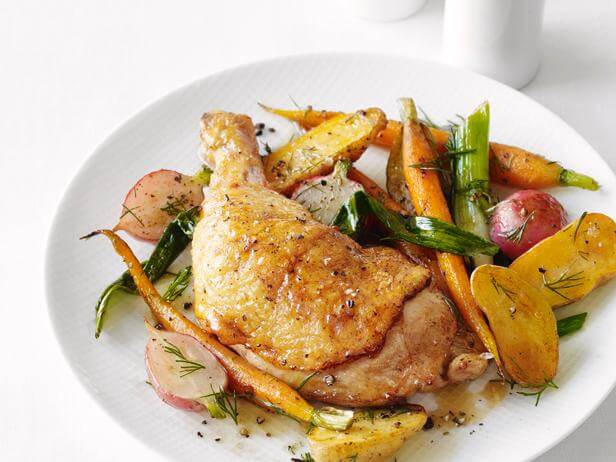4 Tips For The Best Cuts Of Chicken Possible
In many cooking circles, the pig is lauded as a kind of miracle animal, given the sheer number of meat products that these swine produce (like ham, bacon and spare ribs.) Yet there is perhaps another animal that offers just as much as culinary diversity, the chicken. There are dozens upon dozens of ways to prepare chicken, from grilled breasts to spicy hot wings. Yet no matter how you choose to cook your chicken, there are a number of tips that all chefs can use to improve their time in the kitchen and their final product. Here are a few tips for the most egg-cellent chicken possible:
Safety first
As delicious as chicken is, it does present a number of health concerns during the preparation process, namely the risk of salmonella. That’s why it’s so important to be aware of how the chicken itself is actually prepared. Never thaw the chicken out on the countertop, as this raises the likelihood of the meat being exposed to harmful bacteria. Instead, let it thaw in the fridge or in a container full of cold water. Additionally, you want to avoid washing the chicken, as this practice often just moves bacteria around the chicken instead of making the meat any safer.
Consider the oil
Oil is used in a number of chicken dishes. That’s because not only does it offer a great taste, but it is a decidedly healthier choice than some other options. However, in regards to fried chicken specifically, olive oil is actually a bad idea because it often leaves the meat with a distinctly bitter aftertaste. Instead, you’ll want to use something that offers both a higher smoke point and a neutral taste, like peanut, canola or vegetable oil. No matter the choice, just be sure to watch the temperature lest you burn the chicken. Somewhere around 350 degrees Fahrenheit is best with most fired chicken recipes.
Pick the best cut
No two chickens are equal, and picking the best cut will have a huge impact on your final dish. For one, that means paying attention to the labels from the USDA. Prime cuts have the most fat and are usually the most tender, while Choice and Select are usually lower in overall fat content. If you want the healthiest cut of meat possible, look for chicken that’s between 90 and 95 percent lean, which usually means skinless chicken. You’ll also have a choice between caged and free-range chicken. There’s little difference in the final taste, and free-range chickens are preferred due to reasons of morality. Free-range is also more expensive, and, according to a study published in the journal Acta Veterinaria Scandinavica, are more likely to contract certain diseases.
Preparation is key
Whether you’re grilling chicken or serving up a nice roasted chicken, there are a few steps you can take in the preparation process to get the best cut possible. For truly tender chicken, slice along the grain – or crosswise – which will help to break apart those otherwise stringy muscle fibers. You can also make your chicken more tender by pounding it, which also helps to deal with the aforementioned fibers. However, it’s best to do this on smaller pieces of chicken, as it requires less exertion compared to larger cuts. To help the meat cook more evenly throughout, try cutting pieces – especially the breasts – in half. This not only exposes more of the inside of the meat, but it also gives you more portions for the same amount of chicken.
Cultivate your chicken cooking skills by enrolling in culinary academy.


